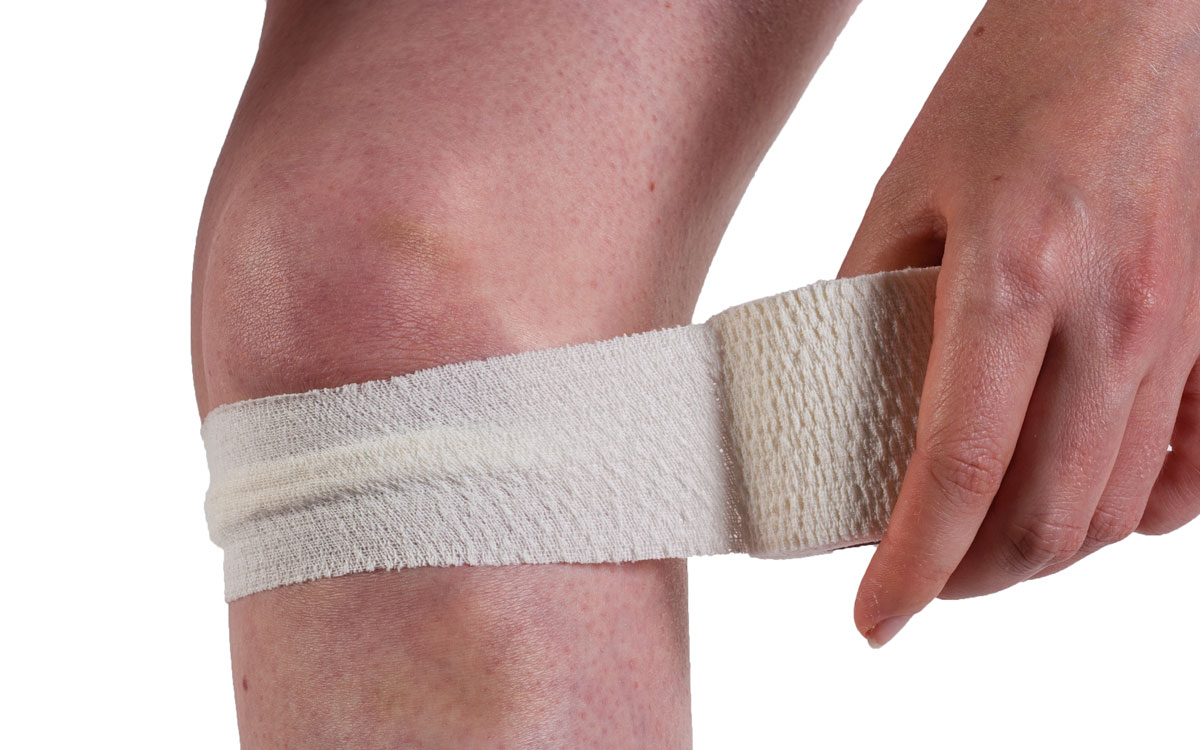- Sports Med U Newsletter
- Posts
- 5 stages of return to sport continuum post injury ⚽️🤕
5 stages of return to sport continuum post injury ⚽️🤕
Sports Med U | Educating Minds, Elevating Potential
Progressing rehabilitation after injury: consider the ‘control-chaos continuum’
Taberner, M., Allen, T. and Cohen, D.D., 2019. Progressing rehabilitation after injury: consider the ‘control-chaos continuum’. British Journal of Sports Medicine, 53(18), pp.1132-1136.
In today’s letter
Overview of progressing return to sport (RTS) after injury
Rapid Results = The paper outlines 5 stages of RTS
High control: Return to linear running
Moderate control: Introduce planned change of direction
Control to chaos: Sport specific weekly structure
Moderate chaos: Introduction to high speed running with pass and move principle
High chaos: Return to somewhat normal training routine with drills simulating worst case scenario
Bite-size study - Infographic style!

Whats new in Sports Med U?
Check out our new articles!
Deeper look
THE CONTROL-CHAOS CONTINUUM
This article Proposed a five-phase framework integrating retrospective player chronic running loads (GPS) and estimated tissue healing times.
It uses the model's application with a sample chronic load progression for a central defender recovering from a hamstring injury with an estimated 6-week rehabilitation period.
The model is versatile, being applicable to both short-term and long-term injuries by adjusting phases based on varying recovery durations.
Background info
Early reintegration into training and match play after an injury heightens the risk of re-injury, even though having key players back benefits the team.
Practitioners face the challenge of balancing the benefits of having key players available with the increased risk of re-injury during the RTS process, relying on a combination of evidence and clinical experience.
The quantification and monitoring of training load play a crucial role in guiding the RTS process and effectively managing the risk of reinjury.
As practitioners, a comprehensive approach involves focusing on both the quantitative aspects of running load progression and the qualitative characteristics of movement in competition.
This comprehensive perspective encompasses highly variable, spontaneous, and unanticipated movements, often occurring in conditions of 'chaos,' mirroring the unpredictable nature of the sport.
The proposed framework transitions from high control to high chaos, drawing from over a decade of experience in rehabilitation and RTS within the demanding environment of English Premier League football

HIGH CONTROL
Aim: Return to running with precise control over running speeds and loads, emphasising low musculoskeletal impact forces to enhance player confidence.
Begin by identifying injury-specific considerations, such as speed progression for hamstring injuries or passing volume for groin injuries, and individual factors like position and playing style, while also addressing potential risk factors for re-injury.
The primary objective during an early return to running is to gradually increase running volume at lower speeds, restricting exposure to high-speed running (<60% maximal speed) and minimising musculoskeletal demands.
Linear running at lower speeds is preferred to minimise the magnitudes of high acceleration and deceleration forces, contributing to a safer rehabilitation process.
Integrate sport-specific tasks cautiously, especially those involving a ball, with the aim of reducing movement variability during the return to running phase.
Employ manipulation of work-to-rest ratios as a strategic tool to facilitate appropriate energy system development, ensuring a balanced and progressive approach to rehabilitation.

Moderate control
Aim: To introduce change of direction with the ball, fostering a controlled yet somewhat chaotic environment, and progressing high-speed running loads.
Gradually incorporate change of direction with the ball, intentionally reducing control, and adjusting acceleration/deceleration demands based on the intensity and volume of directional changes.
The aim is to simultaneously decrease task constraints and systematically enhance explosive distance, measured as the distance covered during acceleration/deceleration (e.g., from 2 to 4 m/s in less than 1 second), relative to the player's preinjury training demands.
Increase engagement in both linear high-speed running (60%–70% maximal speed) and change of direction activities, with and without the ball, to promote greater movement variability and advance the progression of training demands.



Control to chaos
Aim: To implement a football-specific weekly structure to amplify game-specific demands, transitioning from controlled environments to chaotic scenarios through the inclusion of movements with unanticipated actions.
Fitness development is tailored with a focus on football-specific elements, integrating technical aspects and progressively moving from controlled situations to increasing levels of chaos.
The weekly plan is strategically designed to overload game components by incorporating both 'intensive' and 'extensive' football, aiming to enhance training specificity.
'Intensive' football sessions intentionally stress the musculoskeletal system and specific energy systems through components like acceleration, deceleration, and change of direction within confined areas.
Drills encompass more reactive passing and movement, along with progressive, position-specific acceleration/deceleration exercises aimed at replicating explosive movements witnessed in real game scenarios.
'Extensive' football sessions mirror typical match demands, utilizing larger areas to achieve higher speeds and cover greater distances during training.
Drill prescriptions progressively introduce running at higher speeds (>65%–80% maximal speed), incorporating aerobic power interval runs to specifically target the required energy systems
Moderate chaos
Aim: Increasing high-speed running within a moderately chaotic environment characterised by unpredicted movements and minimal constraints, incorporating pass and move as well as specific pattern of play drills.
High-speed running loads are intensified in both controlled and chaotic settings, promoting adaptability to varied game scenarios.
Extensive sessions aim to target high-speed running (>75% maximal speed), featuring subtle directional changes and progressively increasing sprint distances based on the player's relative match demands, thereby minimizing abrupt 'spikes' or acute increments in load.
Integration of pass and move drills, increasing in specificity, along with pattern of play exercises, is implemented to address and advance technical skill progression.
The accumulated total weekly distance covered should now align with typical training levels, reflecting a comprehensive approach to conditioning and skill development.
High chaos
Aim: Focus on returning the player to relative weekly training demands while incorporating drills specifically designed to challenge worst-case scenarios characterized by high speed and high chaos.
Technical considerations encompass passing, crossing, and shooting, with intensity graded across short, mid, and long ranges, including elements of jumping, heading, and tackling.
In the final phase, the emphasis shifts towards position-specific conditioning, mirroring game intensity with training volumes relative to the player's preinjury outputs.
Position-specific speed and speed-endurance drills are integrated to prepare players for in-game activities, where the speed and direction of the pass dictate the player's movement speed.
Final criteria for return to training include technical considerations tailored to the specific injury (e.g., ball striking for a groin injury), alongside strength and power diagnostics, forming a comprehensive approach to the rehabilitation process


Thank you for reading. Hope you enjoyed this edition of the newsletter and hope you had a great start to the year!
Have a look at our articles if you’re looking for more sports medicine insights



Reply